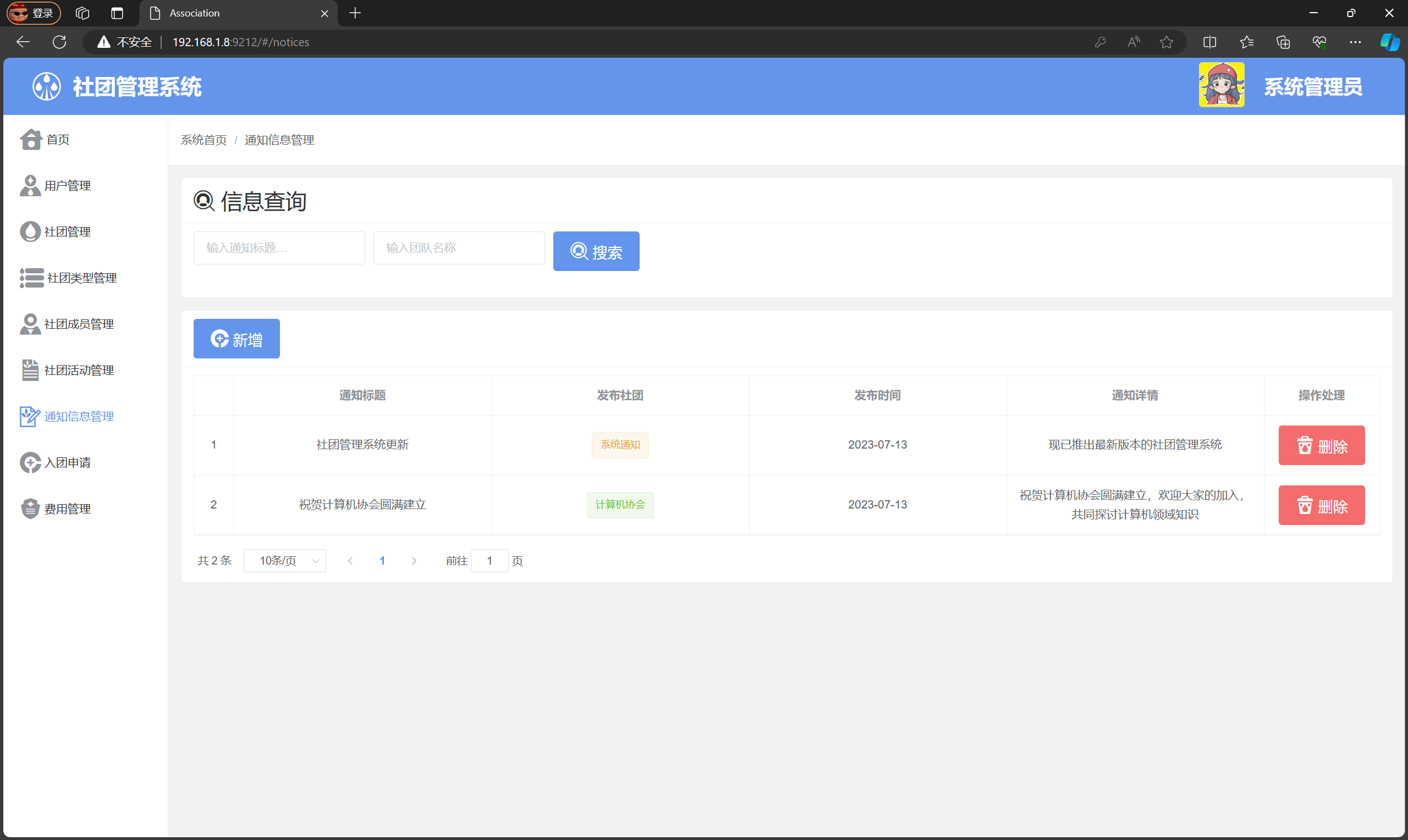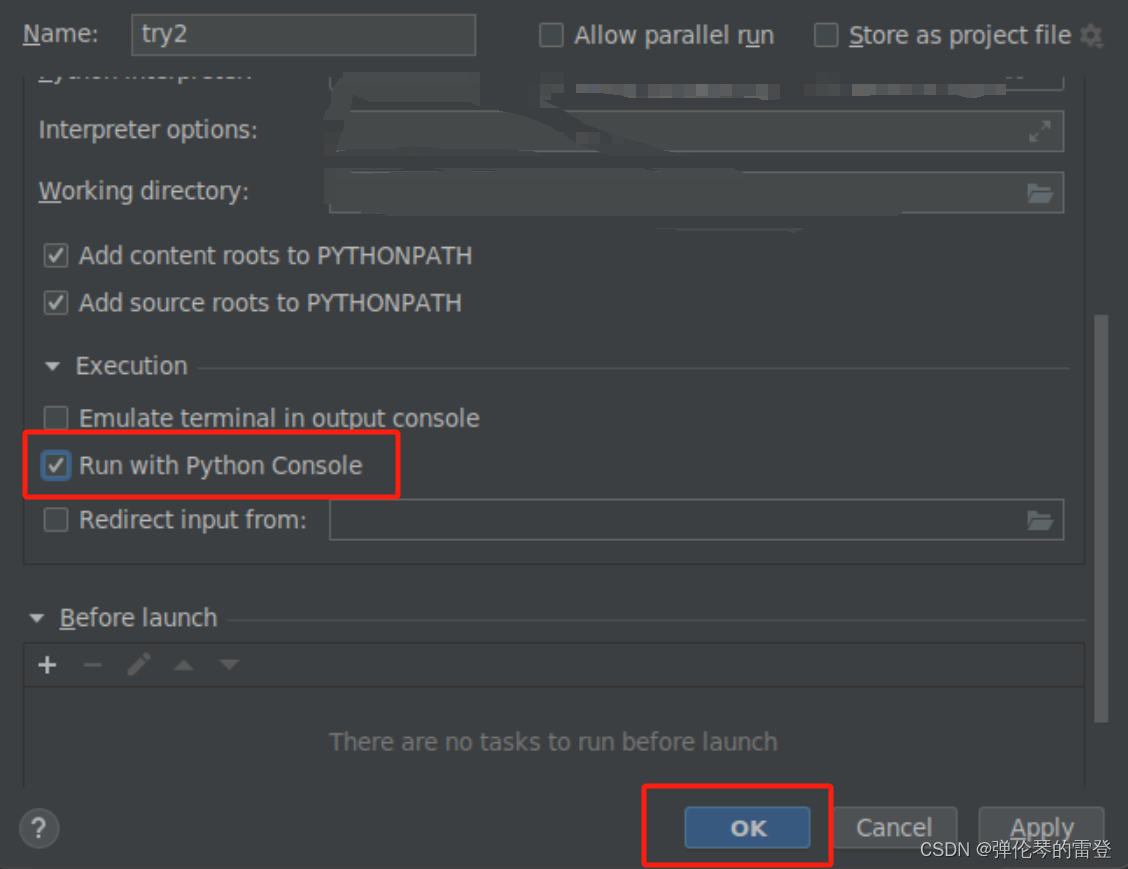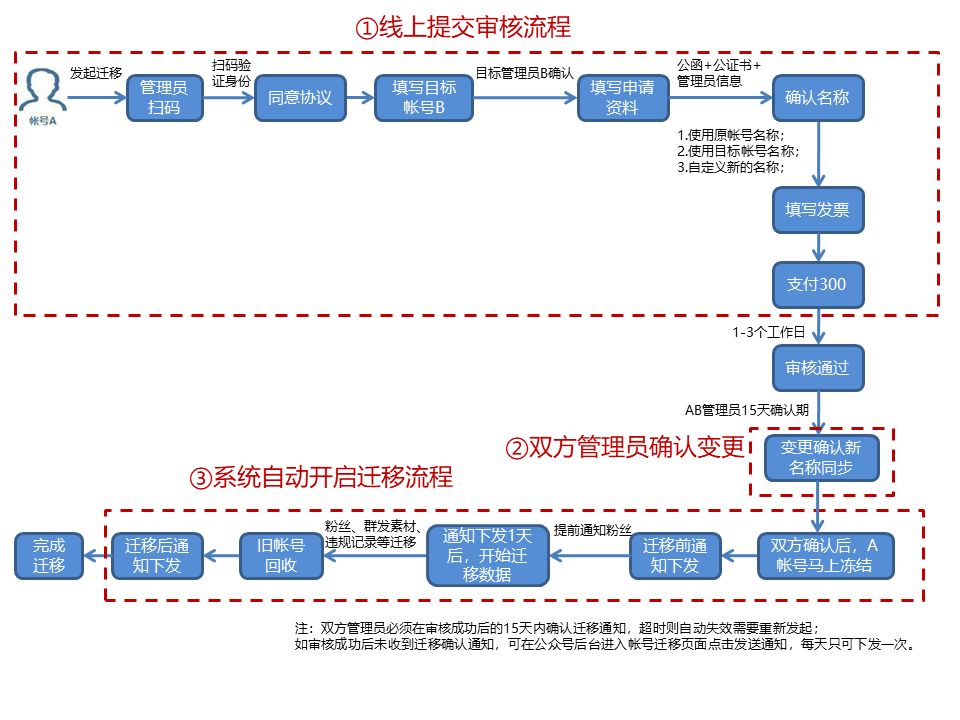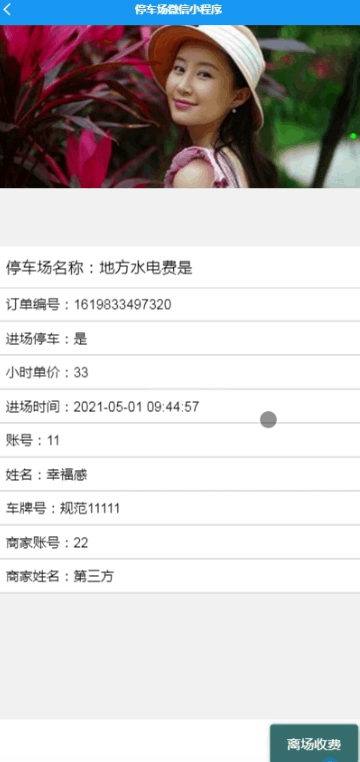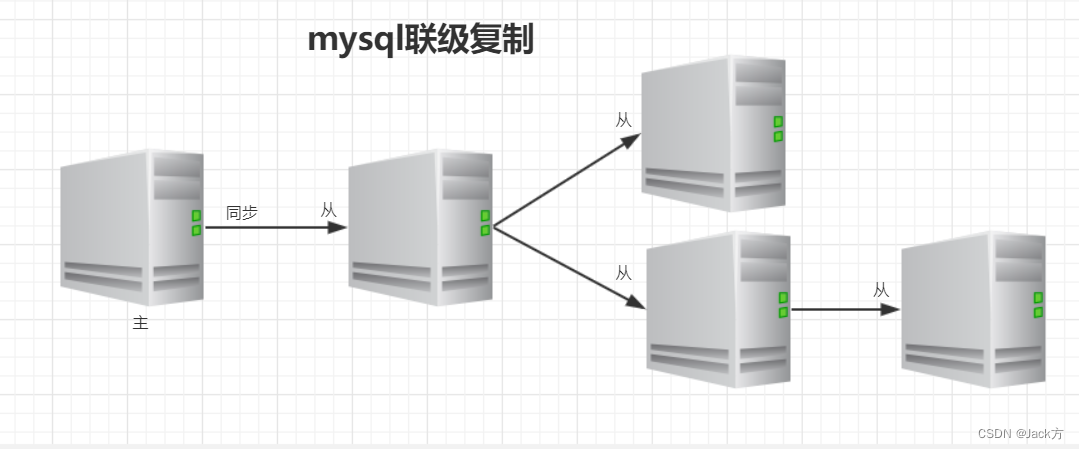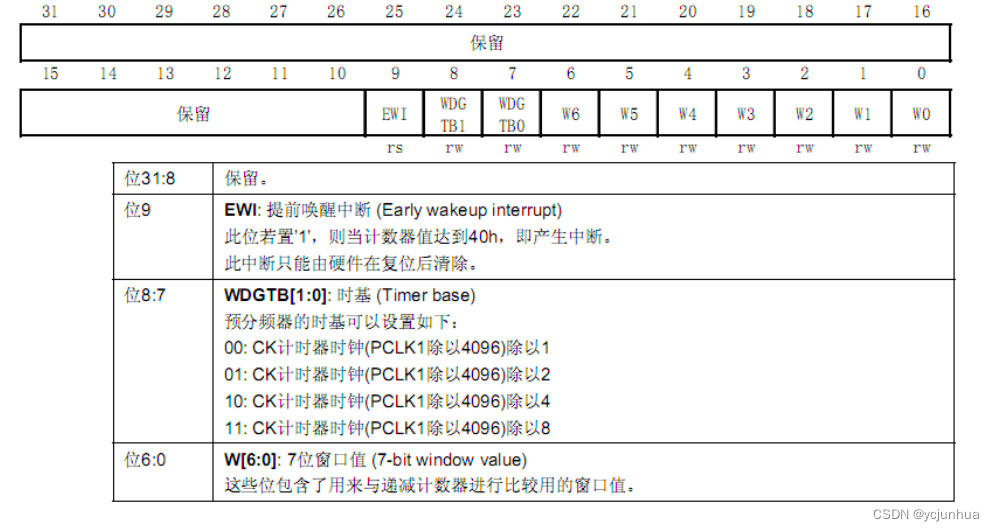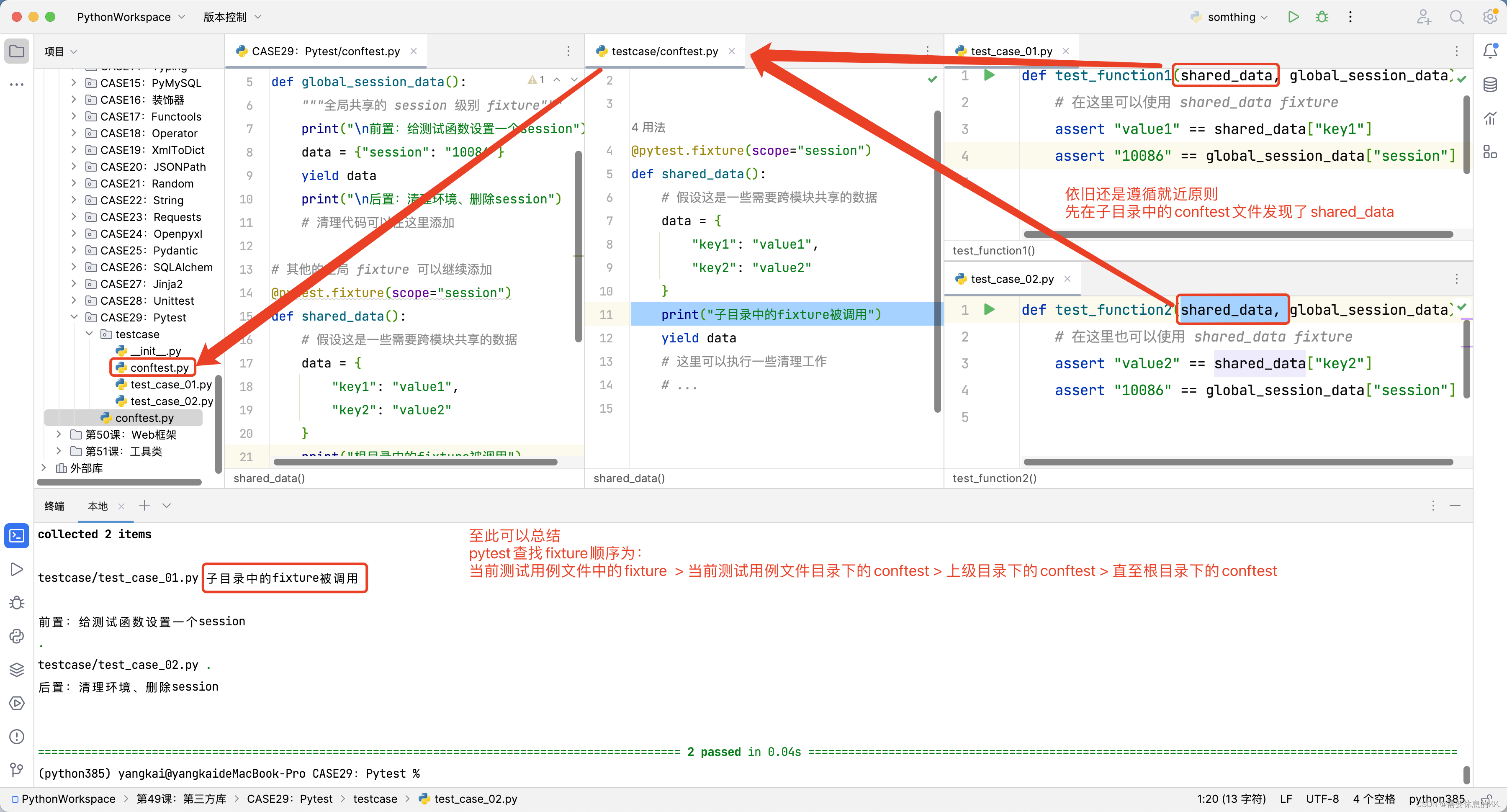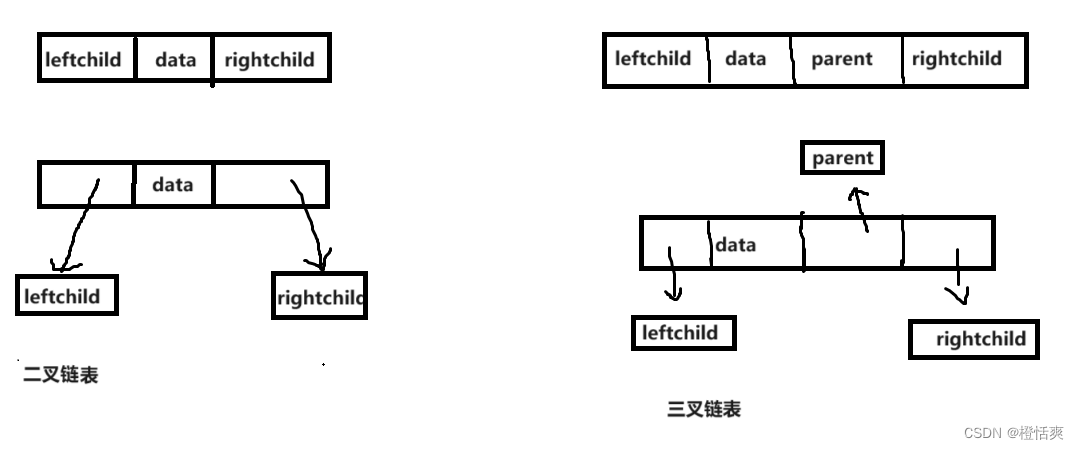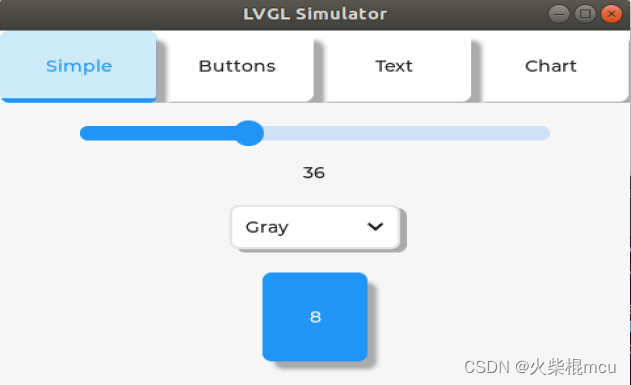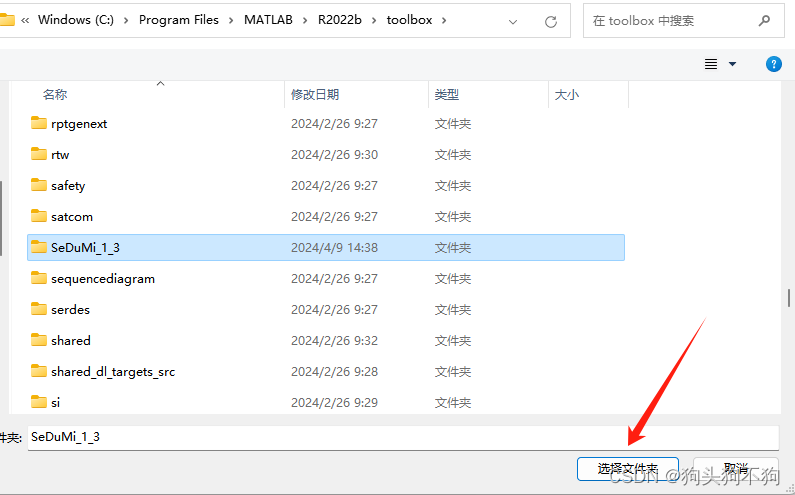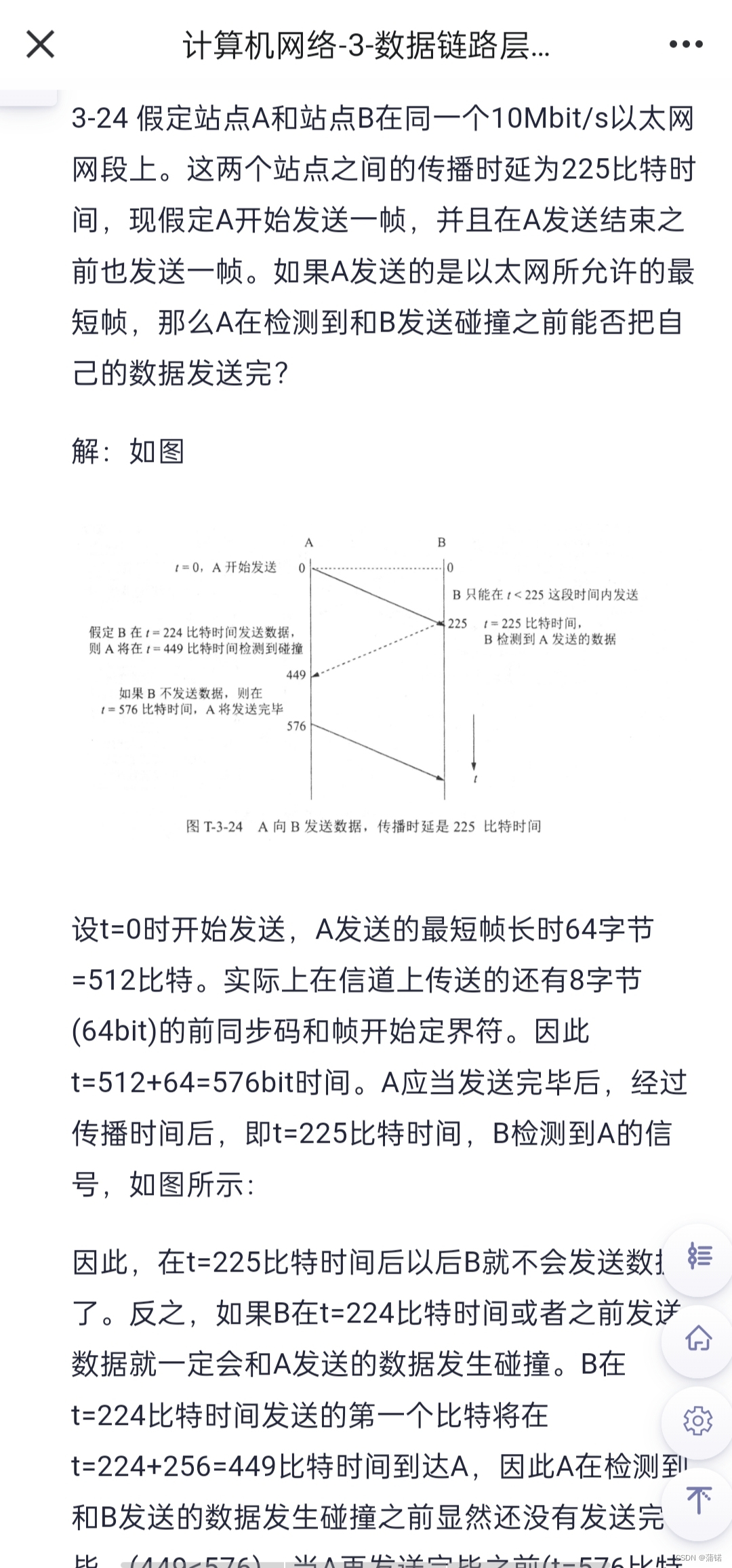1 、还是熟悉的配方,先创建一个父Maven项目(忘记怎么创建项目了就去前面翻笔记),导入通用的配置依赖
<project xmlns="http://maven.apache.org/POM/4.0.0" xmlns:xsi="http://www.w3.org/2001/XMLSchema-instance"
xsi:schemaLocation="http://maven.apache.org/POM/4.0.0 http://maven.apache.org/maven-v4_0_0.xsd">
<modelVersion>4.0.0</modelVersion>
<groupId>org.example</groupId>
<artifactId>SprinMVC_Father</artifactId>
<packaging>war</packaging>
<version>1.0-SNAPSHOT</version>
<name>SprinMVC_Father Maven Webapp</name>
<url>http://maven.apache.org</url>
<dependencies>
<!--导入junit依赖方便后续测试 -->
<dependency>
<groupId>junit</groupId>
<artifactId>junit</artifactId>
<version>4.12</version>
</dependency>
<!--导入SpringMVC依赖 -->
<dependency>
<groupId>org.springframework</groupId>
<artifactId>spring-webmvc</artifactId>
<version>5.1.9.RELEASE</version>
</dependency>
<!--导入servlet依赖 -->
<dependency>
<groupId>javax.servlet</groupId>
<artifactId>servlet-api</artifactId>
<version>2.5</version>
</dependency>
<!--导入jsp依赖 -->
<dependency>
<groupId>javax.servlet.jsp</groupId>
<artifactId>jsp-api</artifactId>
<version>2.2</version>
</dependency>
<!--导入jsptl依赖 -->
<dependency>
<groupId>javax.servlet</groupId>
<artifactId>jstl</artifactId>
<version>1.2</version>
</dependency>
</dependencies>
<build>
<finalName>SprinMVC_Father</finalName>
</build>
</project>
2、创建子项目,并确定子项目支持web项目

给子项目也导入servlet和jsp的依赖(双重导入确保不会出错,正常的话父项目导入了子项目不导入也可以,这里我们导入两次确保不会出问题)
<!--导入servlet依赖 -->
<dependency>
<groupId>javax.servlet</groupId>
<artifactId>servlet-api</artifactId>
<version>2.5</version>
</dependency>
<!--导入jsp依赖 -->
<dependency>
<groupId>javax.servlet.jsp</groupId>
<artifactId>jsp-api</artifactId>
<version>2.2</version>
</dependency>3、创建一个helleservlet类继承httpservlet用来处理用户的请求,实现父类的doGet和doPost方法
package com.li.myservlet;
import javax.servlet.ServletException;
import javax.servlet.http.HttpServlet;
import javax.servlet.http.HttpServletRequest;
import javax.servlet.http.HttpServletResponse;
import java.io.IOException;
public class HellServlet extends HttpServlet {
@Override
protected void doGet(HttpServletRequest req, HttpServletResponse resp) throws ServletException, IOException {
//1、获取前段参数
String method = req.getParameter("method");
if(method.equals("add")){
req.getSession().setAttribute("msg","执行了add方法");
}
if(method.equals("delete")){
req.getSession().setAttribute("msg","执行了delete方法");
}
//2、调用业务层 暂时没有业务成
//3、视图转发或重定向
req.getRequestDispatcher("/WEB-INF/jsp/test.jsp").forward(req,resp);
}
@Override
protected void doPost(HttpServletRequest req, HttpServletResponse resp) throws ServletException, IOException {
doGet(req, resp);
}
}
顺便在web里写个测试页面
Date: 2024/4/6
Time: 16:45
To change this template use File | Settings | File Templates.
--%>
<%@ page contentType="text/html;charset=UTF-8" language="java" %>
<html>
<head>
<title>Title</title>
</head>
<body>
${msg}
</body>
</html>再写个表单测试
<%--
Created by IntelliJ IDEA.
User: Administrator
Date: 2024/4/6
Time: 17:10
To change this template use File | Settings | File Templates.
--%>
<%@ page contentType="text/html;charset=UTF-8" language="java" %>
<html>
<head>
<title>表单</title>
</head>
<body>
<form action="/hello" method="post">
<input type="text" name="method">
<input type="submit" >
</form>
</body>
</html>
3、写完servlet的第一件事情就是给它去web.xml中注册上
web.xml的头文件
<?xml version="1.0" encoding="UTF-8"?>
<web-app xmlns="http://xmlns.jcp.org/xml/ns/javaee"
xmlns:xsi="http://www.w3.org/2001/XMLSchema-instance"
xsi:schemaLocation="http://xmlns.jcp.org/xml/ns/javaee http://xmlns.jcp.org/xml/ns/javaee/web-app_4_0.xsd"
version="4.0">
</web-app>注册完后的web.xml
<?xml version="1.0" encoding="UTF-8"?>
<web-app xmlns="http://xmlns.jcp.org/xml/ns/javaee"
xmlns:xsi="http://www.w3.org/2001/XMLSchema-instance"
xsi:schemaLocation="http://xmlns.jcp.org/xml/ns/javaee http://xmlns.jcp.org/xml/ns/javaee/web-app_4_0.xsd"
version="4.0">
<!--注册servlet -->
<servlet>
<servlet-name>hello</servlet-name>
<servlet-class>com.li.myservlet.HellServlet</servlet-class>
</servlet>
<servlet-mapping>
<servlet-name>hello</servlet-name>
<url-pattern>/hello</url-pattern>
</servlet-mapping>
<!--还有一些其他的配置 -->
<!--可以设置session的超时时间 这里设置15分钟 -->
<!-- <session-config>-->
<!-- <session-timeout>15</session-timeout>-->
<!-- </session-config>-->
<!--也可以在这里设置欢迎页面 默认的是 index.jsp -->
<!-- <welcome-file-list>-->
<!-- <welcome-file>xxx.jsp</welcome-file>-->
<!-- </welcome-file-list>-->
</web-app>
最后目录如下:
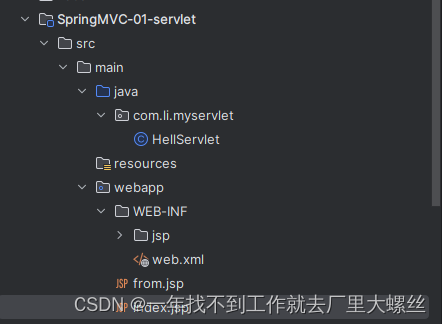
3、一切都写完了就配置tomcat
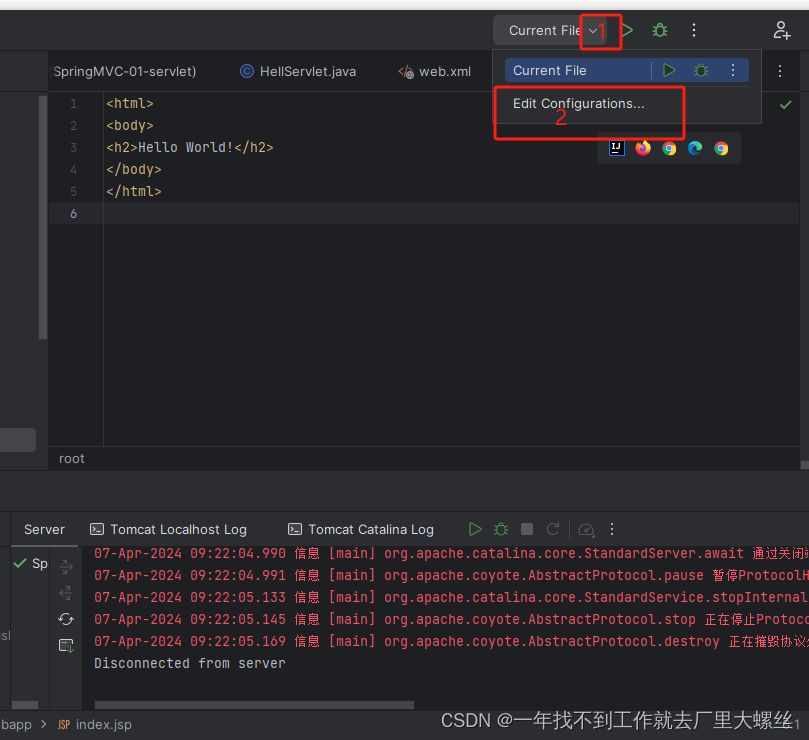
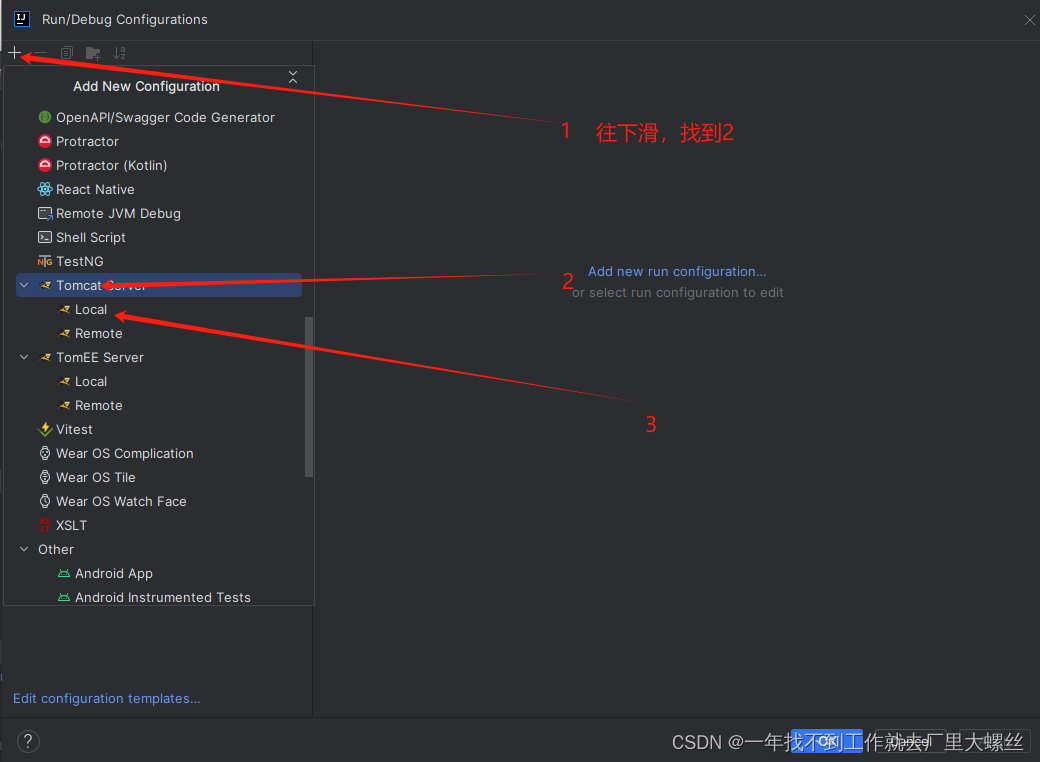
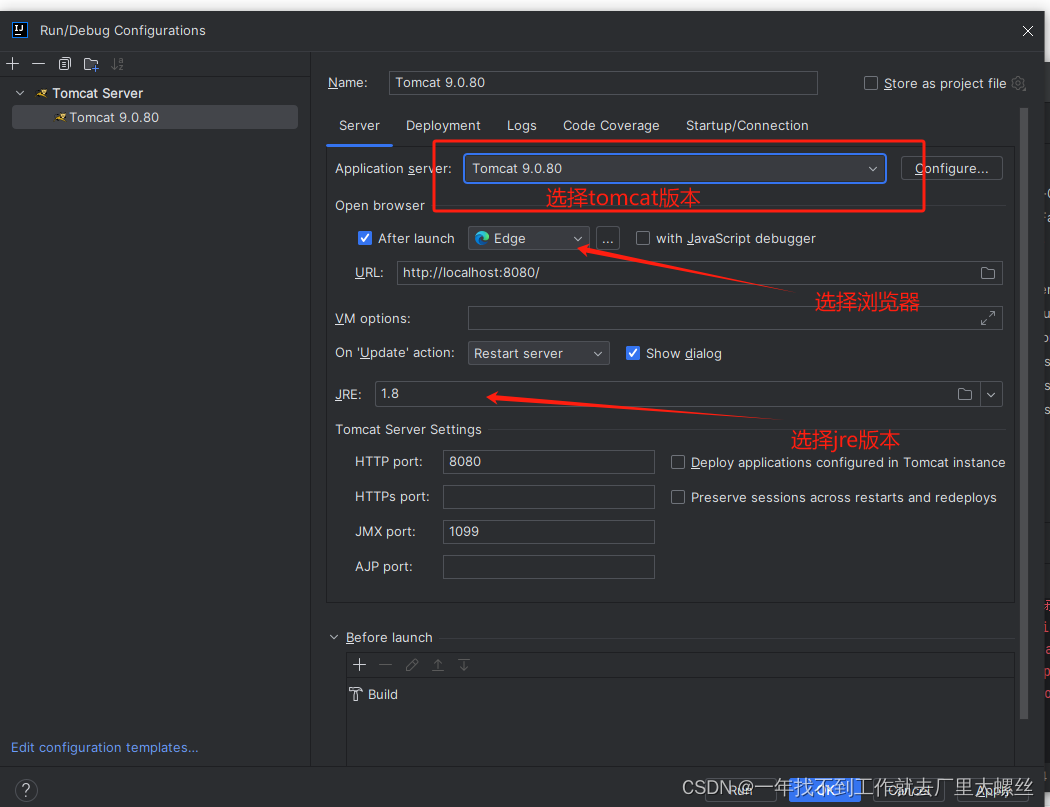

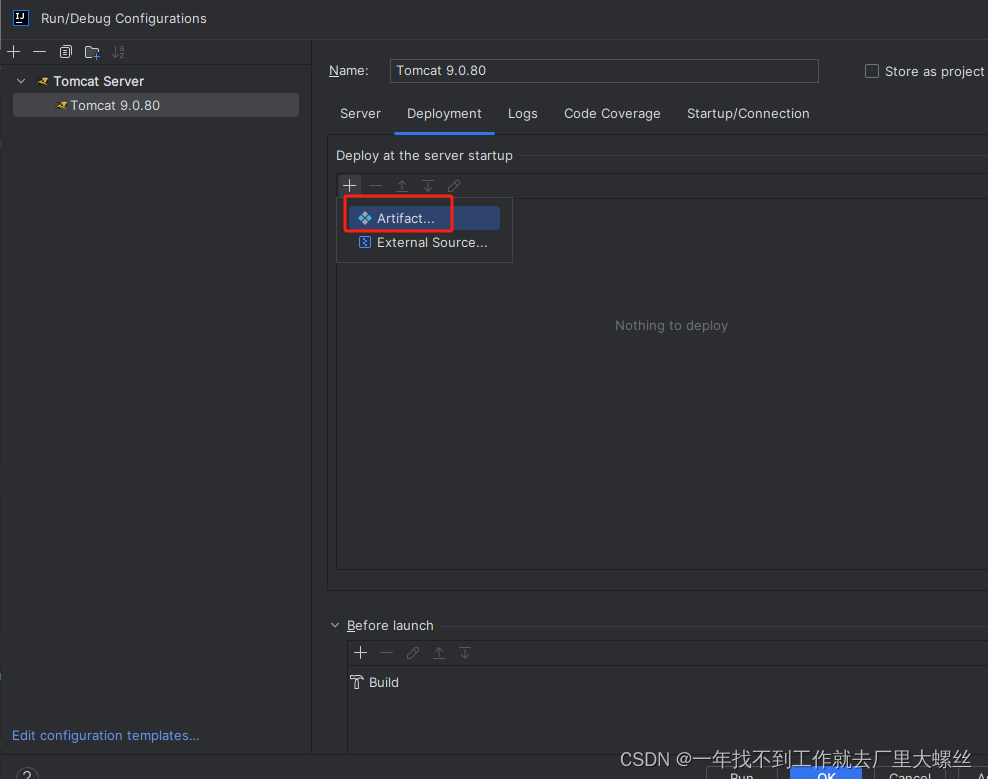

3、初识SpringMVC
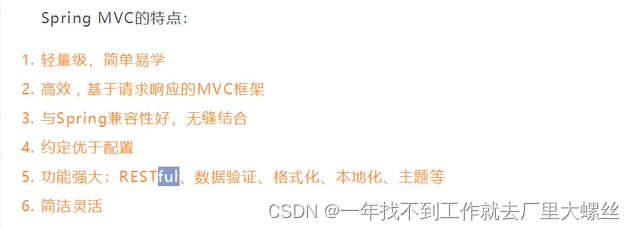
SpringMVC的原理如下
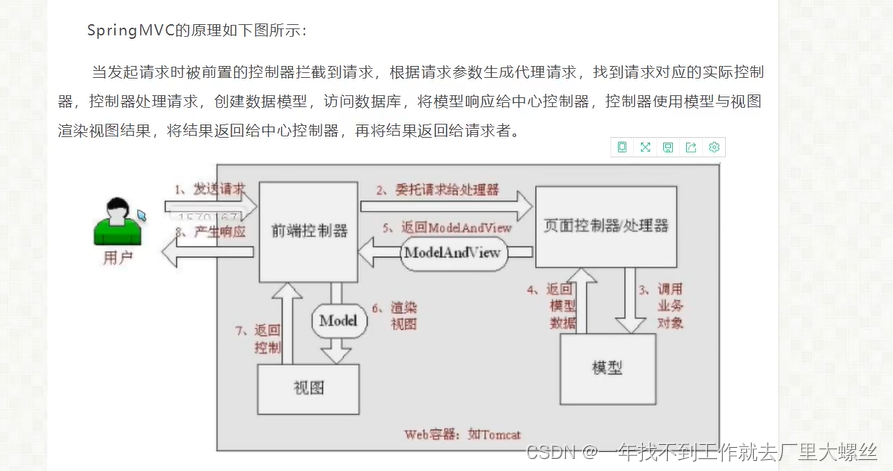
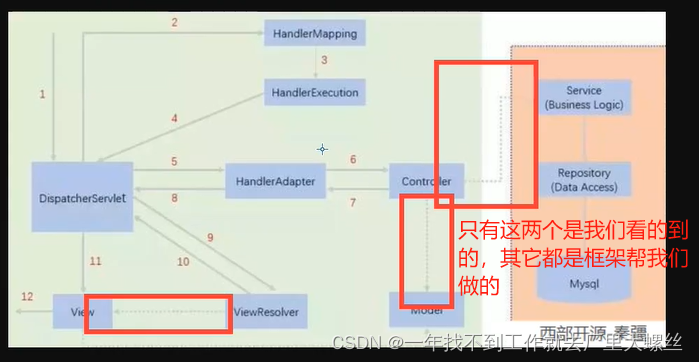



4、对 SpringMVC有初步了解之后我们再来创建一次项目
第一步创建视图

第二步:确保最后发布的项目中导入了SpringMVC的依赖
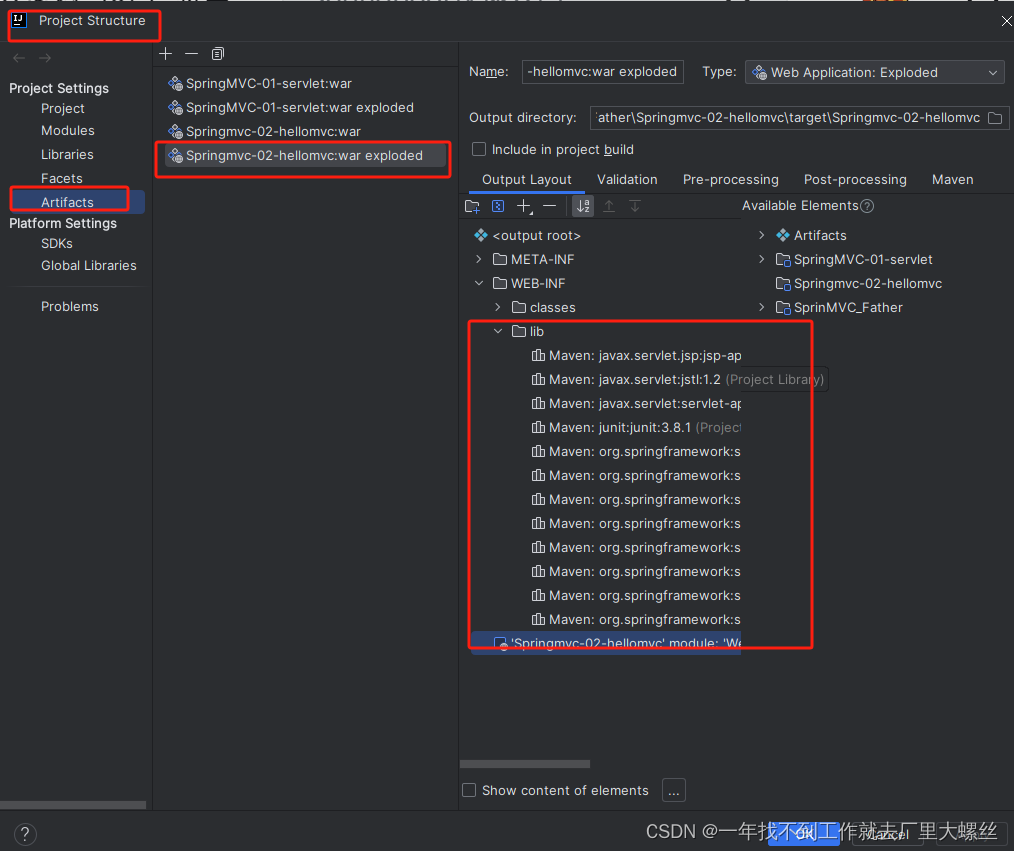
第三步:在web.xml配置文件中配置我们的DispatchServlet
<?xml version="1.0" encoding="UTF-8"?>
<web-app xmlns="http://xmlns.jcp.org/xml/ns/javaee"
xmlns:xsi="http://www.w3.org/2001/XMLSchema-instance"
xsi:schemaLocation="http://xmlns.jcp.org/xml/ns/javaee http://xmlns.jcp.org/xml/ns/javaee/web-app_4_0.xsd"
version="4.0">
<!--配置DispatchServlet:这个是SpringMVC的核心:请求分发器,前端控制器-->
<servlet>
<servlet-name>springmvc</servlet-name>
<servlet-class>org.springframework.web.servlet.DispatcherServlet</servlet-class>
<!--DispatchServlet要绑定一个Spring-mvc的配置文件 其实就是spring的配置文件,
只是spring可以做很多事情,我们细分下来叫Spring-mvc的配置文件
-->
<init-param>
<param-name>contextConfigLocation</param-name>
<!--这里配置文件取名字就是按照上面的servlet-name的名字取的xxx-servlet -->
<param-value>classpath:springmvc-servlet.xml</param-value>
</init-param>
<!--设置启动级别为1 -->
<load-on-startup>1</load-on-startup>
</servlet>
<!--
SpringMVC中/ 和 /* 的区别
/ :只匹配所有的请求,不会去匹配jsp页面
/* :匹配所有的请求,包括jsp页面
-->
<servlet-mapping>
<servlet-name>springmvc</servlet-name>
<url-pattern>/</url-pattern>
</servlet-mapping>
</web-app>第四步:编写springmvc的配置文件,其实就是spring的配置文件
<?xml version="1.0" encoding="UTF-8"?>
<beans xmlns="http://www.springframework.org/schema/beans"
xmlns:xsi="http://www.w3.org/2001/XMLSchema-instance"
xsi:schemaLocation="http://www.springframework.org/schema/beans
http://www.springframework.org/schema/beans/spring-beans.xsd">
<!--处理器映射器 处理器映射器不止有一种-->
<bean class="org.springframework.web.servlet.handler.BeanNameUrlHandlerMapping"/>
<!--处理器适配器 这个和上面的处理映射器在后期的开发中直接注解就可以实现,不用死记,知道流程就可以-->
<bean class="org.springframework.web.servlet.mvc.SimpleControllerHandlerAdapter"/>
<!--视图解析器这个必须熟练掌握 后面还会学习一些模板引擎如 Thymeleaf Freemarker-->
<bean class="org.springframework.web.servlet.view.InternalResourceViewResolver" id="internalResourceViewResolver">
<!--需要配置两个参数,一个前缀,一个后缀-->
<!-- 前缀 -->
<property name="prefix" value="/WEB-INF/jsp/"/>
<!-- 后缀 -->
<property name="suffix" value=".jsp"/>
</bean>
</beans>第五步:编写Controller
package com.li.controller;
import org.springframework.web.servlet.ModelAndView;
import org.springframework.web.servlet.mvc.Controller;
import javax.servlet.http.HttpServletRequest;
import javax.servlet.http.HttpServletResponse;
public class HelloController implements Controller {
@Override
public ModelAndView handleRequest(HttpServletRequest httpServletRequest, HttpServletResponse httpServletResponse) throws Exception {
ModelAndView modelAndView = new ModelAndView();
// 假设一个业务代码
String result = "HelloSpringmvc";
modelAndView.addObject("msg",result);
// 视图跳转
modelAndView.setViewName("test");
return modelAndView;
}
}
4、真实的开发:(一般不会像上面这样用)
第一步:配置web.xml配置文件
<!DOCTYPE web-app PUBLIC
"-//Sun Microsystems, Inc.//DTD Web Application 2.3//EN"
"http://java.sun.com/dtd/web-app_2_3.dtd" >
<web-app>
<display-name>Archetype Created Web Application</display-name>
<!--配置DispatchServlet:这个是SpringMVC的核心:请求分发器,前端控制器-->
<servlet>
<servlet-name>springmvc</servlet-name>
<servlet-class>org.springframework.web.servlet.DispatcherServlet</servlet-class>
<!--DispatchServlet要绑定一个Spring-mvc的配置文件 其实就是spring的配置文件,
只是spring可以做很多事情,我们细分下来叫Spring-mvc的配置文件
-->
<init-param>
<param-name>contextConfigLocation</param-name>
<!--这里配置文件取名字就是按照上面的servlet-name的名字取的xxx-servlet -->
<param-value>classpath:springmvc-servlet.xml</param-value>
</init-param>
<!--设置启动级别为1 -->
<load-on-startup>1</load-on-startup>
</servlet>
<!--
SpringMVC中/ 和 /* 的区别
/ :只匹配所有的请求,不会去匹配jsp页面
/* :匹配所有的请求,包括jsp页面
-->
<servlet-mapping>
<servlet-name>springmvc</servlet-name>
<url-pattern>/</url-pattern>
</servlet-mapping>
</web-app>
第二步:创建并配置springmvct配置文件
<?xml version="1.0" encoding="UTF-8"?>
<beans xmlns="http://www.springframework.org/schema/beans"
xmlns:xsi="http://www.w3.org/2001/XMLSchema-instance" xmlns:mvc="http://www.springframework.org/schema/mvc"
xmlns:context="http://www.springframework.org/schema/context"
xsi:schemaLocation="http://www.springframework.org/schema/beans
http://www.springframework.org/schema/beans/spring-beans.xsd http://www.springframework.org/schema/mvc https://www.springframework.org/schema/mvc/spring-mvc.xsd http://www.springframework.org/schema/context https://www.springframework.org/schema/context/spring-context.xsd">
<!-- 自动扫描包,让指定包下的注解生效,由IOC容器统一管理 -->
<context:component-scan base-package="com.li.controller"/>
<!-- 让Spring MVC不处理静态资源 -->
<mvc:default-servlet-handler />
<!--
支持mvc注解驱动
在spring中一般采用@RequestMapping注解来完成映射关系
要想使@RequestMapping注解生效
必须向上下文中注册DefaultAnnotationHandlerMapping
和一个AnnotationMethodHandlerAdapter实例
这两个实例分别在类级别和方法级别处理。
而annotation-driven配置帮助我们自动完成上述两个实例的注入。
-->
<mvc:annotation-driven />
<!-- 视图解析器 -->
<bean class="org.springframework.web.servlet.view.InternalResourceViewResolver"
id="internalResourceViewResolver">
<!-- 前缀 -->
<property name="prefix" value="/WEB-INF/jsp/" />
<!-- 后缀 -->
<property name="suffix" value=".jsp" />
</bean>
</beans>第三步:创建controlle类
package com.li.controller;
import org.springframework.stereotype.Controller;
import org.springframework.ui.Model;
import org.springframework.web.bind.annotation.RequestMapping;
//@Controller是为了让Spring IOC容器初始化时自动扫描到;
//@RequestMapping是为了映射请求路径,这里因为类与方法上都有映射所以访问时应该是/HelloController/hello;
@Controller
@RequestMapping("/HelloController")
public class HelloController {
//真实访问地址 : 项目名/HelloController/hello
@RequestMapping("/hello")
// 方法中声明Model类型的参数是为了把Action中的数据带到视图中;
public String sayHello(Model model){
//向模型中添加属性msg与值,可以在JSP页面中取出并渲染
model.addAttribute("msg","hello,SpringMVC");
// 方法返回的结果是视图的名称hello,加上配置文件中的前后缀变成WEB-INF/jsp/hello.jsp。
return "hello";
}
}
第四步:常见视图层(注意要在springmvct配置文件中配置的路径下创建视图层)
这里的路径是:/WEB-INF/jsp/
<%--
Created by IntelliJ IDEA.
User: Administrator
Date: 2024/4/13
Time: 16:29
To change this template use File | Settings | File Templates.
--%>
<%@ page contentType="text/html;charset=UTF-8" language="java" %>
<html>
<head>
<title>Title</title>
</head>
<body>
${msg}
</body>
</html>
总结:
实现步骤其实非常的简单:
- 新建一个web项目
- 导入相关jar包
- 编写web.xml , 注册DispatcherServlet
- 编写springmvc配置文件
- 接下来就是去创建对应的控制类 , controller
- 最后完善前端视图和controller之间的对应
- 测试运行调试.
使用springMVC必须配置的三大件:
处理器映射器、处理器适配器、视图解析器
通常,我们只需要手动配置视图解析器,而处理器映射器和处理器适配器只需要开启注解驱动即可,而省去了大段的xml配置
